The only Muay Thai gear and equipment guide you’ll ever need.
If you have ever wondered why serious Muay Thai fighters lug around such huge gym bags and what exactly are the must-haves now that you’ve decided on the sport—we’ve got all the answers.
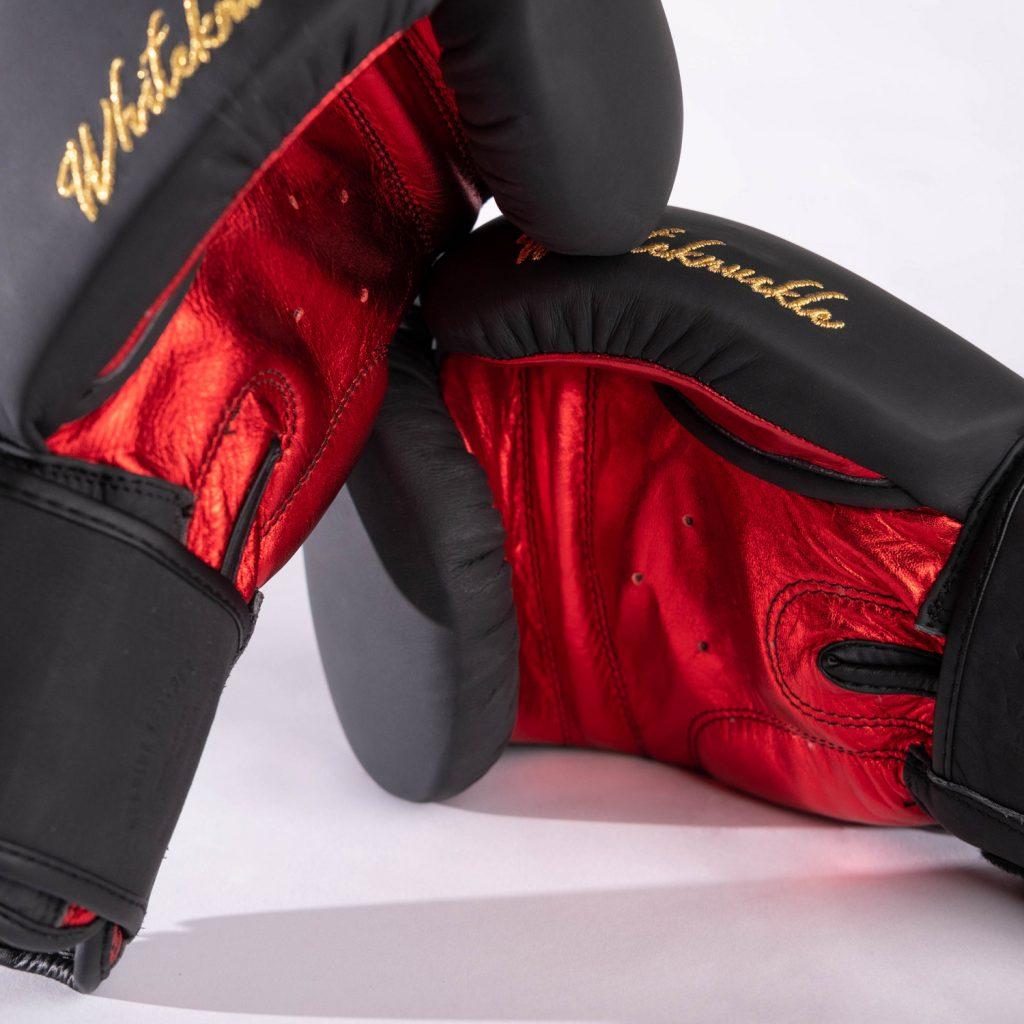
Muay Thai Gloves
In the post-Covid era, gyms would most likely require you to bring your own gloves during training. You should own at least one good pair of speciality Muay Thai gloves (not boxing gloves- yes, they are different) that offers you not just adequate flexibility for clenching, but multi-layer protection for your knuckles and hands- ideally made of good quality leather will get more comfortable over time and is built to last. Pro tip: Make sure that the inner lining is made of high-quality and smooth moisture-wicking material and is well-constructed—trust us, you’ll appreciate the extra comfort when you’re sweating buckets doing your rounds. We love that this checks off all our boxes, besides, have you ever seen Muay Thai gloves this hot: Whiteknuckle Muay Thai Gloves
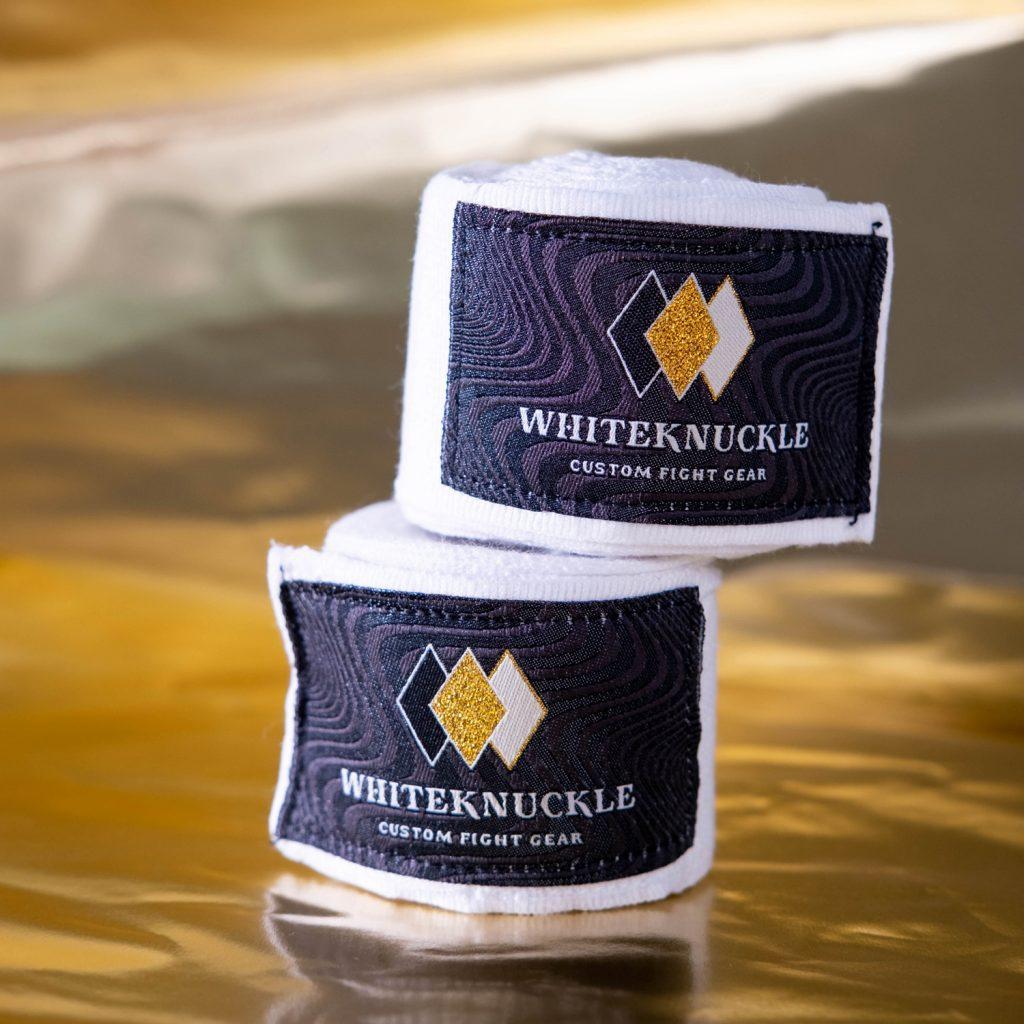
Handwraps
Handwraps are optional—not. Considering that your hands pretty much make up the most important part of this combat sport, hand injuries will mean a huge drawback in your training. Your hands are made up of cartilage, tendons and small carpal bones, all susceptible to injuries upon repetitive impact, same goes for your wrists. So whatever time and cost you spend on your handwraps is definitely not going to waste. We prefer the kind with a wide velcro closure system that comes with a thumb loop ideally in a cotton-and-spandex fabric blend because we found that this combination ensures the best fit (you certainly don’t want to pause your training halfway just to adjust your handwraps, do you?). Here’s what fits the bill for us: Whiteknuckle Handwraps
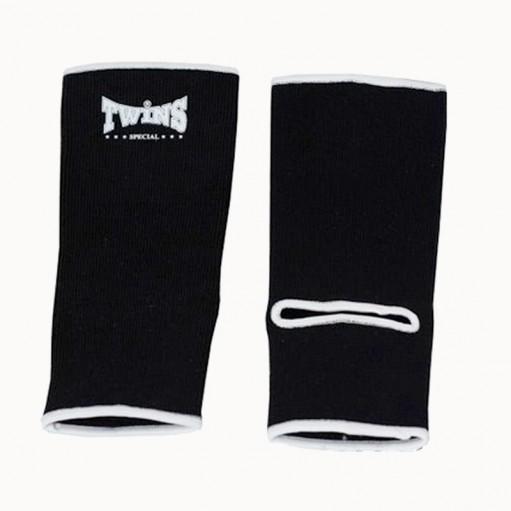
Ankle Guards
Takes just a minute to slip them on but yet it protects you from unnecessary potential injury and so much pain—so don’t skip them. Ankle guards help to keep your ankles stable during training and lower the risks of your ankles rolling over (hello, sprain injuries). Here’s what to look out for when shopping for good ankle guards—good fit, optimal support, and comfort. An example of what would work well: Twins Ankle Support
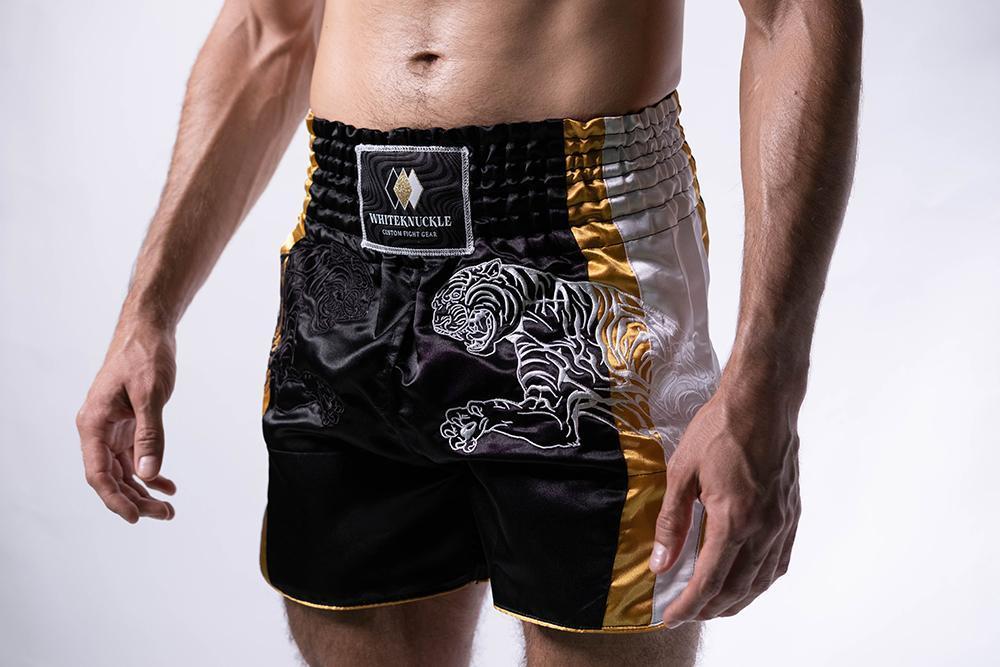
Muay Thai Shorts
One of the things a seasoned Muay Thai fighter often wishes they knew when they first purchase their gear is how big a difference good Muay Thai shorts feel, and how directly it impacts the quality of a training session. What makes a pair of Muay Thai shorts better than the other? Material and the flexibility it allows. A good pair that is well-cut for optimized performance will come with U-shape side slits for the maximum amount of airflow and mobility. Nylon or polyester is commonly used in cheaper Muay Thai shorts as a substitute for satin, which is the gold standard material for such shorts. Satin is a lot more durable, comfortable, and flexible- well-fitted shorts made from satin moves with you, rather than on you, during training. Of course, looks aren’t everything unless you know somewhere else to get high-quality shorts that look this rad: Whiteknuckle Muay Thai Shorts
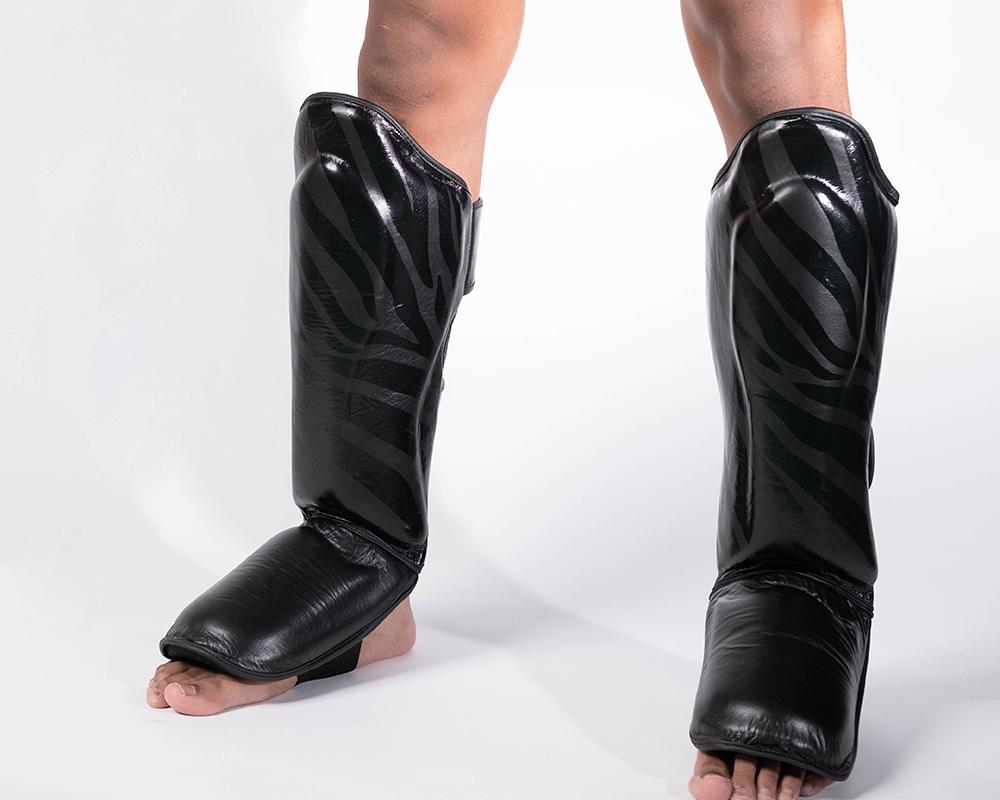
Shinguard
Even as a beginner, if you are planning on doing any sparring at all, shin guards will matter as much as gloves do. The protection of a good pair is not just for your shins—it’s for your feet and ankle too, and regularly getting these body parts injured during training isn’t going to get you very far. If we have to pinpoint the most important thing about shin guards, it would be to get a pair that strikes the best balance in terms of protection and comfort. A well-designed pair is usually made of high-impact foam core and has fully adjustable leg closure elastic-type straps in order to allow a snug fit. Huge bonus is if the lining is made of good quality cotton that feels comfortable and prevents slipping (you don’t want to have to keep adjusting your shin guard during training, do you?). This is what we love: Whiteknuckle Shinguard
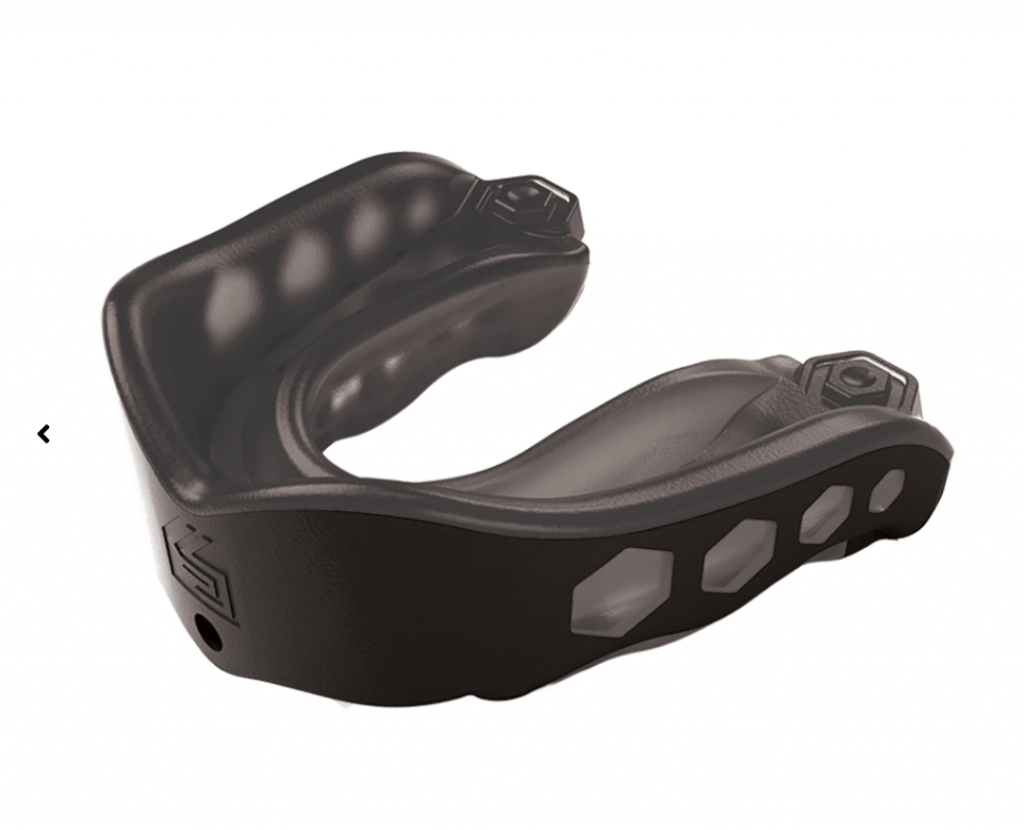
Mouthguard
A well-fitting mouthguard is not something you should skip on because the consequences of a mouth/teeth injury is simply not worth it, period. All it takes is a sharp jab to your lower face at a wrong angle for a tooth to be knocked right out. A mouthguard acts as a shock absorber by distributing the impact of the blow and overall reduces the severity of damage. Go for a design that has a deep, form-fitting bite and a reinforced outer frame. Some examples: Shockdoctor Mouthguard

Groin Guard
We would like to point out that even though no groin guard will guarantee a 100% injury-free session, having one on will still make all the difference in the world if you’re accidentally kicked in that region. A good groin guard is one that is not overly bulky and has a jockstrap that will allow you to wear it comfortably under your favourite Muay Thai shorts. We really like how this one is designed: Whiteknuckle Groincup with Jockstrap
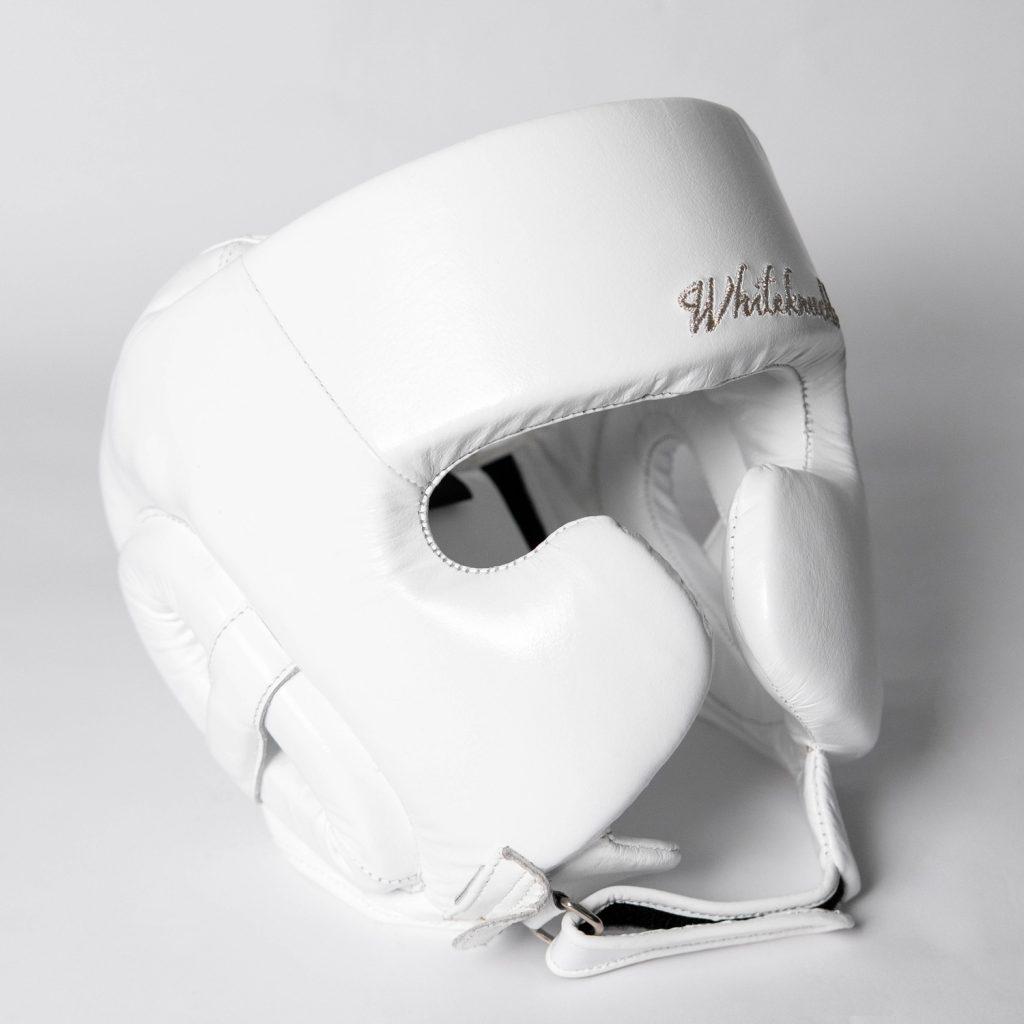
Headgear
Good headgear will mitigate the damage should a blow land directly on your head during sparring. Of course, comfort and fit are top considerations when picking out your headgear, but do not forget the one factor that is just as crucial—weight. The last thing you want is for the headgear you’re donning to affect your mobility and speed. Pick something that is well-padded but lightweight, best with a lace-closure system that will allow a snug and secure fit. We love leather ones best not only because they feel more comfortable, but also because of how much more durable it is: Whiteknuckle Headgear


